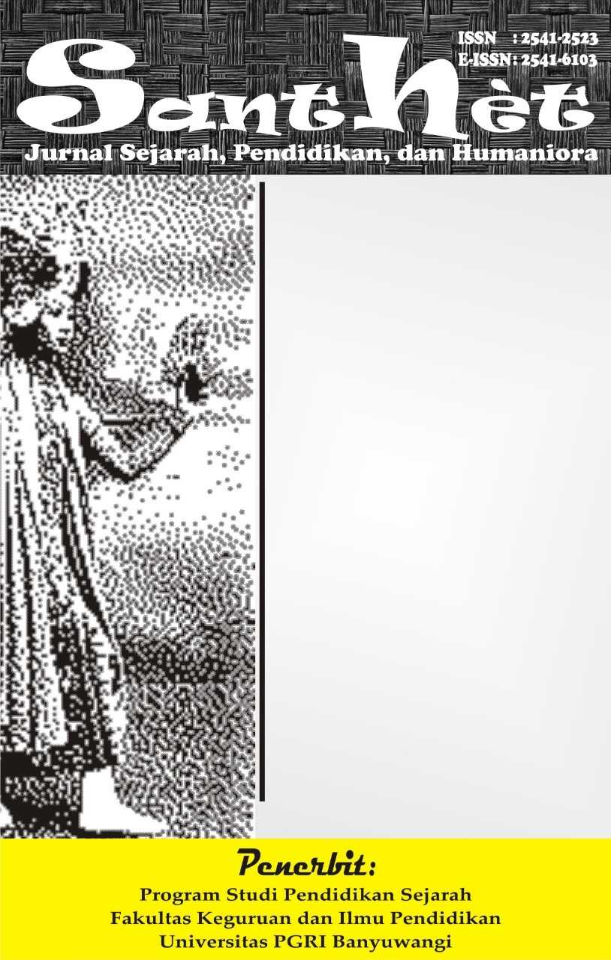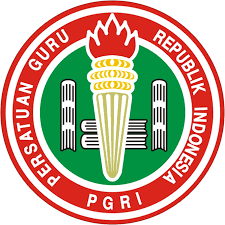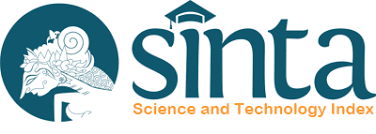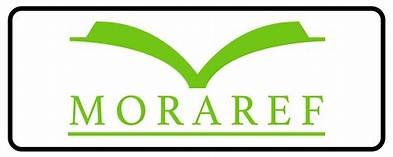THE TRADITIONAL CULINARY TOURISM PROGRAM IN BOGOR CITY, WEST JAVA BASED ON TOURIST PREFERENCES
DOI:
https://doi.org/10.36526/santhet.v9i2.5108Keywords:
Traditional Culinary Tourism, Bogor City Culinary, Tourist PreferencesAbstract
Bogor is a city that represents a blend of traditional Sundanese culture, colonial culture, and the modernity of a metropolitan city. A variety of dishes are offered, ranging from traditional regional specialties to modern fast food. Bogor City is worthy of being a Culinary Destination Area because culinary tourism in Bogor City offers various types of modern and traditional food. Culinary tourism in Bogor City is dominated by modern culinary tourism. This condition is one of the factors that make traditional food rarely found. The culinary distribution of Bogor City is dominant in the city center and the distance between culinary tourism locations is close together, making it easier for tourists to find various culinary delights. This condition has the potential to plan a culinary tourism program. This study aims to identify the motivations, perceptions, and preferences of tourists and Bogor traditional food producers/traders regarding planning traditional culinary tourism programs, identify the readiness of producers/traders in planning traditional culinary tourism programs, and plan Bogor City traditional culinary tourism programs. The output of this research is tourism programs and promotional media. The research respondents were as many as this research. The data were analyzed using the Principal Component Analysis statistical test. Based on the results of the analysis, the indicators with the highest Reflective Interrelation Value are indoor events (0.866), Daily Tour programs (0.844), and Deposit financing.
References
Araujo, E.B. (2016). Pengembangan Kuliner Lokal sebagai Daya Tarik Wisata di Dili Timor Leste. Journal Master Pariwisata Vol.3 No.1
Besra, E. (2012). Potensi Wisata Kuliner dalam Mendukung Pariwisata di Kota Padang. Jurnal Riset Akuntansi dan Bisnis. Vol.12. No.1
Elhoushy, S. (2020). Consumers’ sustainable food choices: Antecedents and motivational imbalance. International Journal of Hospitality Management, 89(May),102554. https://doi.org/10.1016/j.ijhm.2020.102554
Frank, R. H. (2011). Microeconomics and Behavior (8th ed.). Mc.Graw. Hill International Edition.
Gunawan, T. (2016). Identifikasi Wisata Kuliner Kota Bogor. Jurnal Online Mahasiswa (JOM).
Ghozali, I. (2008). Model Persamaan Struktural Konsep dan Aplikasi dengan Program Amos 16. Semarang: Badan Penerbit - Undip
Hakim, Abdul. 2006. Analisis Pengaruh Motivasi, Komitmen Organisasi Dan Iklim Organisasi Terhadap Kinerja Pegawai Pada Dinas Perhubungan Dan Telekomunikasi Propinvsi Jawa Tengah. Jurnal Riset Dan Bisnis Indonesia (JRBI). Vol. 2. No. 2. Juli.
Harsana et al. (2018). Potensi Makanan Tradisional Kue Kolombeng sebagai Daya Tarik Wisata di Daerah Istimewa Yogyakarta. Home Economics Journal. Vol.1 No.2 Oktober
Haryati, Y. (2016). Studi motivasi wisata kuliner lokal di kota Bandung. Unpublished Dessertation. Jogyakarta: Universitas Gajahmada.
Indarto. (2011). Preferensi Konsumen dan Factor Pengaruh Terhadap Konsumen.Jakarta: Erlangga.
Kotler, P. & Keller, K. (2012). Marketing Management (13th ed). Pearson Education Inc.
Merawati, F. (2017). Wacana Kuliner dalam Sastra Indonesia. Matajendela. edisi 2/2017
Prabandari, D. (2022). Strategi Pengembangan Kuliner Tradisional Bogor Sebagai Daya Tarik Wisata., Jurnal Pesona Pariwisata. 1(1), 7-13.
Pearcey, S. M., & Zhan, G. Q. (2018). A comparative study of American and Chinese college students’ motives for food choice. Appetite, 123, 325–333. https://doi.org/10.1016/j.appet.2018.01.011
Pieniak, Z., Verbeke, W., Vanhonacker, F., Guerrero, L., & Hersleth, M. (2009). Association between traditional food consumption and motives for food choice in six European countries. Appetite, 53(1), 101–108. https://doi.org/10.1016/j.appet.2009.05.019
Rahayu, S., Diatmika, I. P. G., & Haryadi, W. (2022). Analisis potensi wisata kuliner dalam mendukung perekonomian umkm pesisir saliper ate di kabupaten sumbawa. Jurnal Riset Kajian Teknologi Dan Lingkungan, 5(1), 01-08.
Rizkia, A. S., Pratiwi, A. M., Widodo, E., & Fauziah, W. M. (2023). Penerapan Metode Triple Exponential Smoothing Untuk Peramalan Curah Hujan Kota Bogor. Jurnal Matematika dan Statistika serta Aplikasinya, 11(1), 01-05.
Saeroji, A & Wijaya, D. A. (2017). Pemetaan Wisata Kuliner Khas Kota Surakarta. Jurnal Pariwisata Terapan. Volume. 1 (No. 1).
Szakály, Z., Kontor, E., Kovács, S., Popp, J., Pető, K., & Polereczki, Z. (2018). Adaptation of the Food Choice Questionnaire: the case of Hungary. British Food Journal, 120(7), 1474–1488. https://doi.org/10.1108/BFJ-07-2017-0404
Soh, A. et al. (2021). Makanan Tradisional Nasi Lemak Suku Melayu Sebagai Daya Tarik Wisata Kuliner Di Kota Batam. Jurnal ALTASIA. Vol. 3, No. 2,
Sunaryo, N. A. (2019). Potensi Wisata Kuliner Di Indonesia: Tinjauan Literatur. In Seminar Nasional Inovasi dalam Penelitian Sains, Teknologi dan Humaniora-InoBali
Suriani, N. M. (2009). Seni Kuliner Bali Sebagai Salah Satu Daya Tarik Wisata (Studi Kasus Di Warung Babi Guling Ibu Oka Di Kelurahan Ubud, Gianyar, Bali. Program Studi Magister S2 Kajian Pariwisata. Tesis.Denpasar: Universitas Udayana.
Sudiarta, at.al. (2023). Preferensi Wisatawan Terhadap Destinasi Wisata di Kabupaten Bangli. Jurnal Tourism. Vol.6 No.1 Mei
Wang, O., De Steur, H., Gellynck, X., & Verbeke, W. (2015). Motives for consumer choice of traditional food and European food in mainland China. Appetite, 87, 143–151. https://doi.org/10.1016/j.appet.2014.12.211
Zahrulianingdyah A. (2018). Kuliner sebagai Pendukung Industri Pariwisata Berbasis Kearifan Lokal. Jurnal Teknobuga. Vol 6. No.1 September





























